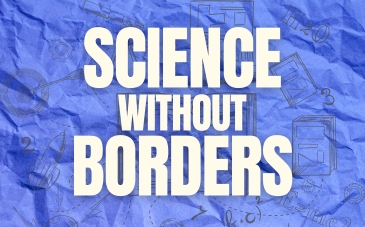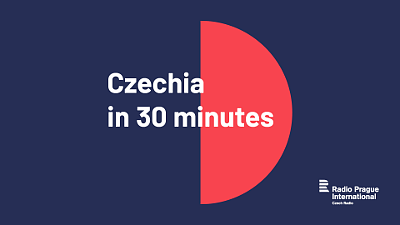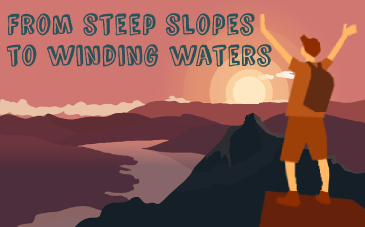80 years since liberation of Auschwitz, Czechia commemorates International Holocaust Remembrance Day
Eighty years ago, Allied forces reached and entered the now-infamous Auschwitz concentration camp. The event provided the date for the modern International Holocaust Remembrance Day, which offers Czechia a chance to reflect on the horrors of the Holocaust, and to consider what work still needs to be done.
It was on January 27th 1945 that Russian soldiers, as part of the Red Army’s western push, arrived at the complex of concentration and extermination camps known collectively as Auschwitz. Between 1940 and 1945, the site was instrumental in the Nazis’ attempt to exterminate the Jewish population of Europe. More than a million people were murdered there, an abhorrent number of which the majority were Jews, but which also included non-Jewish Poles, Roma and Soviet prisoners of war.
The date of the liberation is today marked by International Holocaust Remembrance Day, with commemorative events taking place across Czechia and the world. At the site of Auschwitz, today in Poland, President Petr Pavel will be in attendance at a memorial service to mark the eightieth anniversary of the liberation, along with British King Charles III, French President Emmanuel Macron and German Chancellor Olaf Scholz. Around fifteen former prisoners are also expected to attend.
In Prague, from 5 pm to 10 pm, the names of Holocaust victims will be projected onto the exterior of the Mama Shelter hotel in Holešovice. This was the location of the assembly point for Jews before their transportation to Terezín and other concentration camps from the Prague-Bubny railway station. Later in the evening at Divadlo X10, The Memory of the Nation Theatre will present a new performance entitled ‘Clover Fields’ (Jetelová pole), which aims to present the stories of WWII survivors to today’s younger generation. Singer and musician Ridina Ahmed, who composed the music for the piece, explained the creative process:
“The performance is based on stories about what happened and on authentic recordings of witnesses. The young people who are on stage met with those witnesses and collected their testimonies. It seemed completely logical to me to work with their recordings, so that we could hear those people's voices.”
Such acts of commemoration offer a means to make the events of the Holocaust relevant to the world of today, shining a light on the parts of Prague with connections to Holocaust history, and confronting modern audiences with the lived experience of people at that time.
International Holocaust Remembrance Day also offers a chance to reflect on what work still needs to be done to preserve the artefacts from that dark period of history for future generations. Within Czechia, the site most closely associated with the Holocaust is Terezín, the fortress town in the Ústí nad Labem Region used by the Nazis as a Jewish ghetto and a Gestapo prison. Despite its historical significance and the thousands of visitors who come to Terezín every year, some historically significant parts of the old fortress are falling into ruin. Most notably, these include the Dresden barracks, where Jewish women and children were housed in the ghetto, and which are now close to total collapse. Mayor of Terezín René Tomášek spoke to Radio Prague about the problems that the barracks have faced:
“There were several unfortunate decisions here. The first was that it was decided that the military buildings would be abandoned, because historically Terezín has always been a military city. That is really the essence of Terezín ... When the army started to professionalise at the beginning of the twenty-first century, the property was simply unnecessary and they handed it over to the state, or rather the city. That was the biggest problem; of course the buildings were not in good condition, because the army already knew that they would abandon them sometime in the 90s, so nothing was invested in them … We have finally reached the point of starting to address the situation, but the state of the emergency really is catastrophic.”
Related
-
80 years ago: How did WWII end in the Czech lands?
Eighty years ago, the most destructive and lethal war in history approached its end. In this series we map the last stages of the war and its aftermath on Czech territory.


















